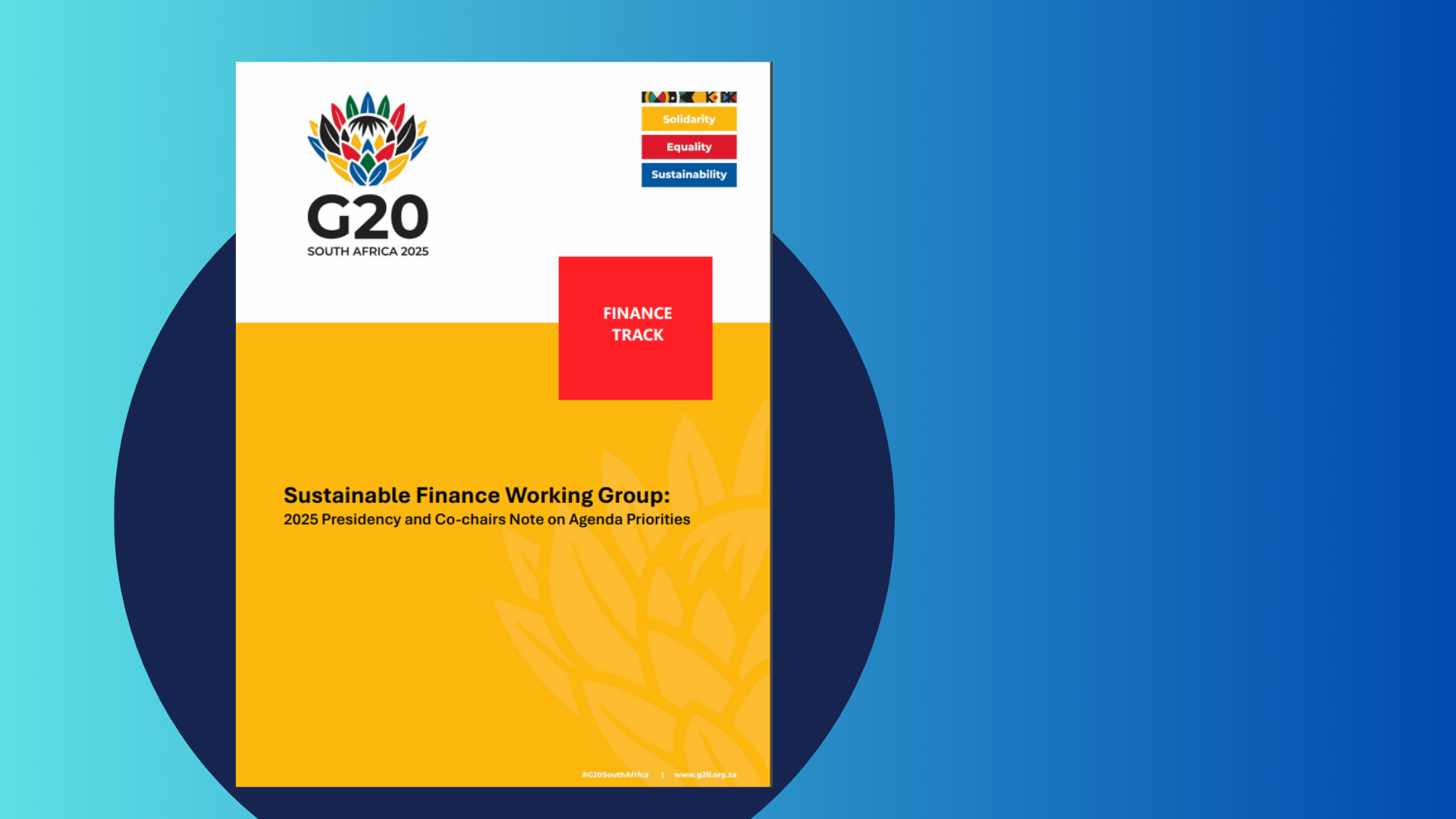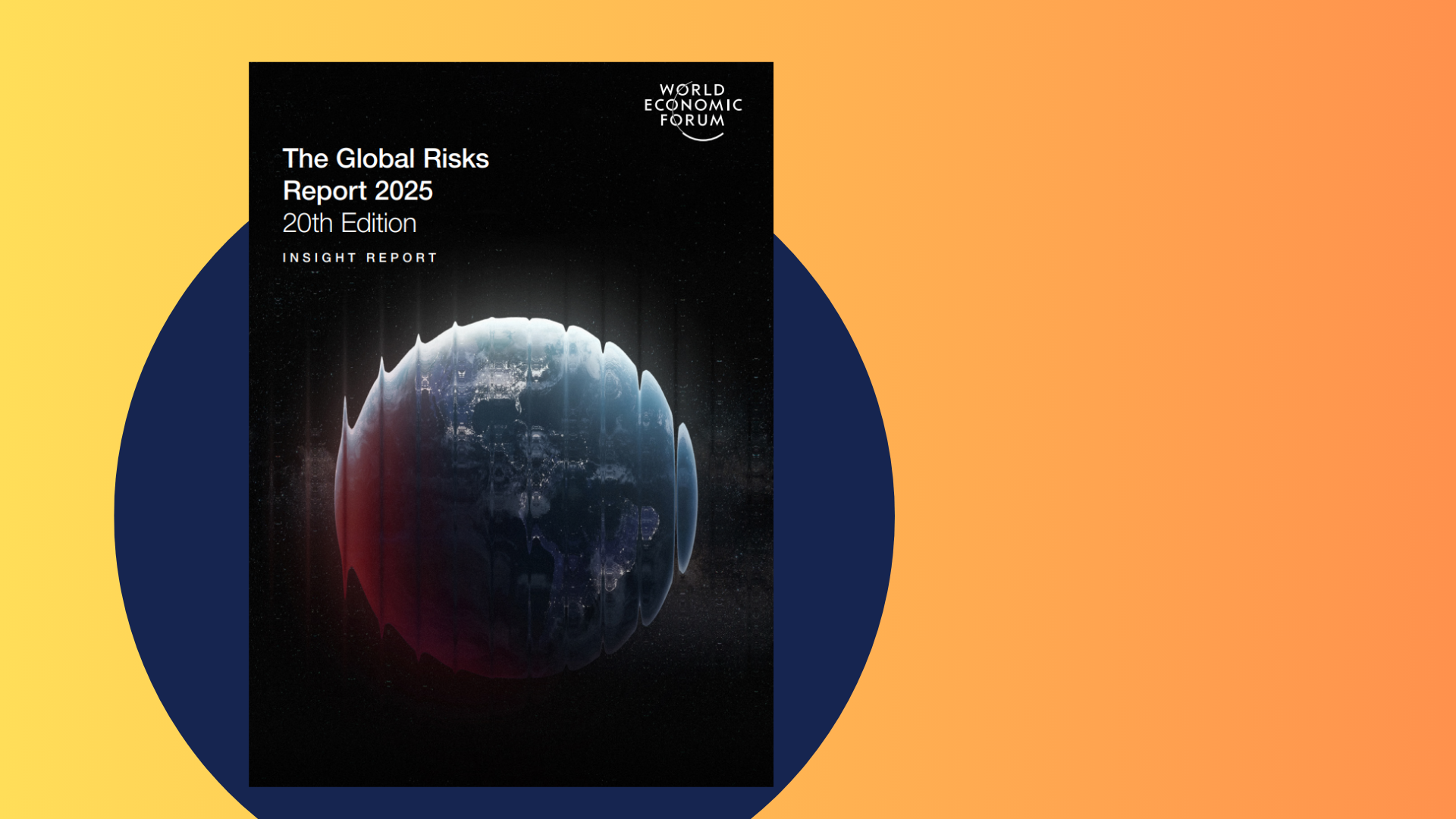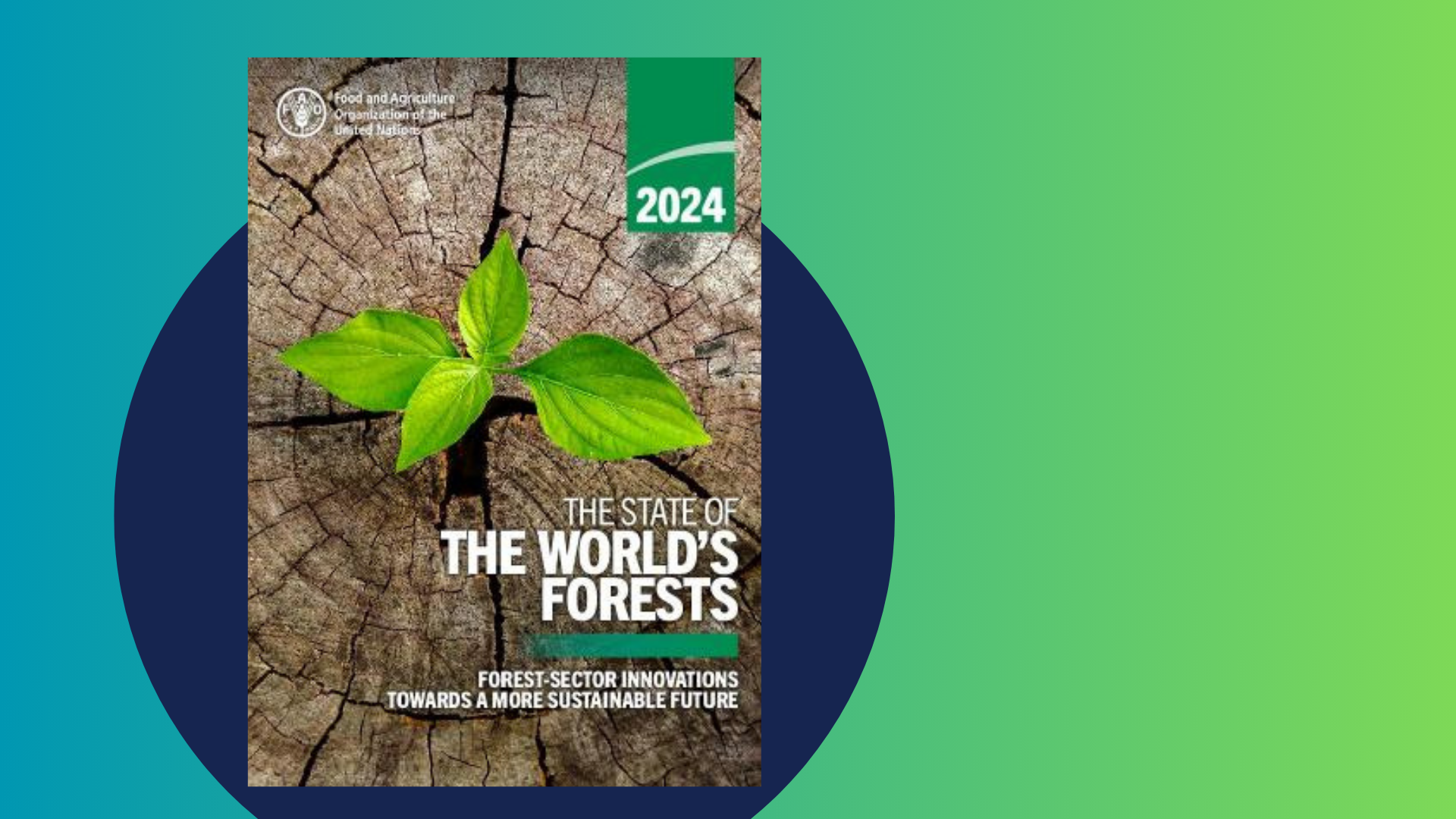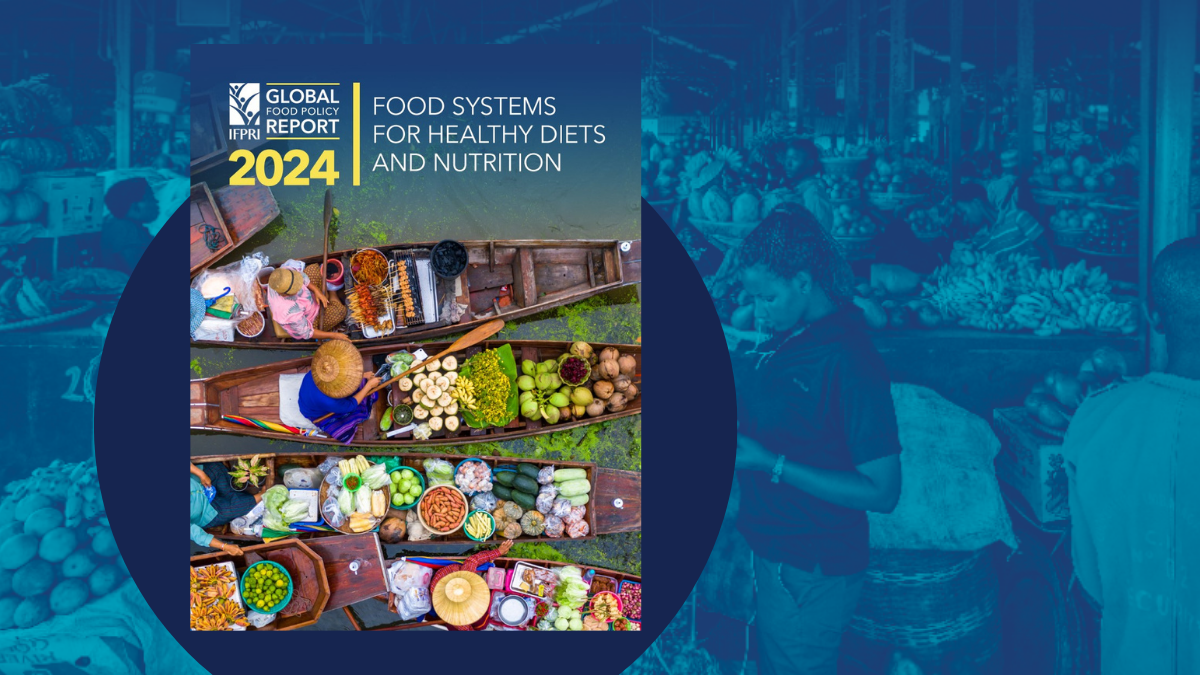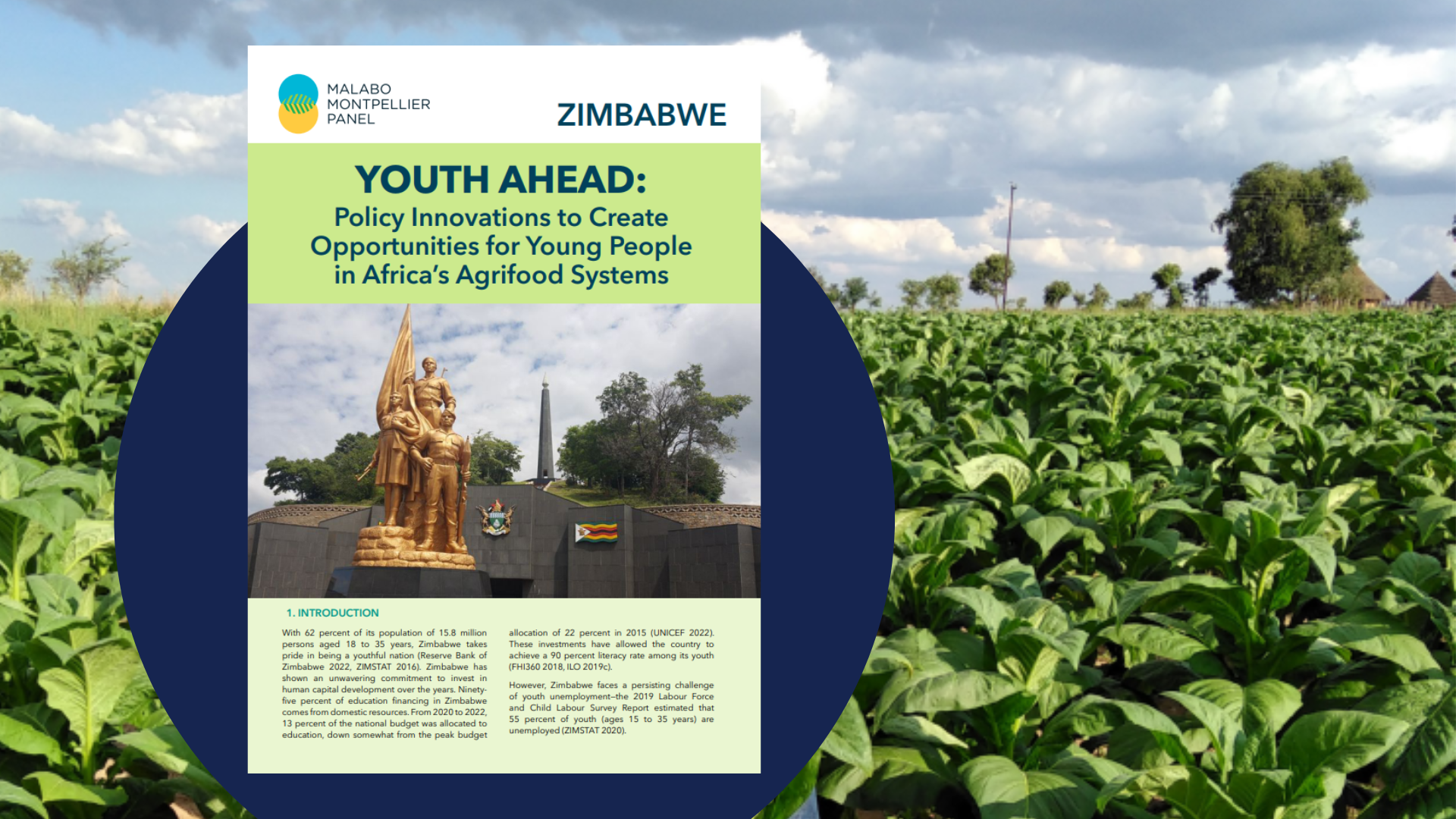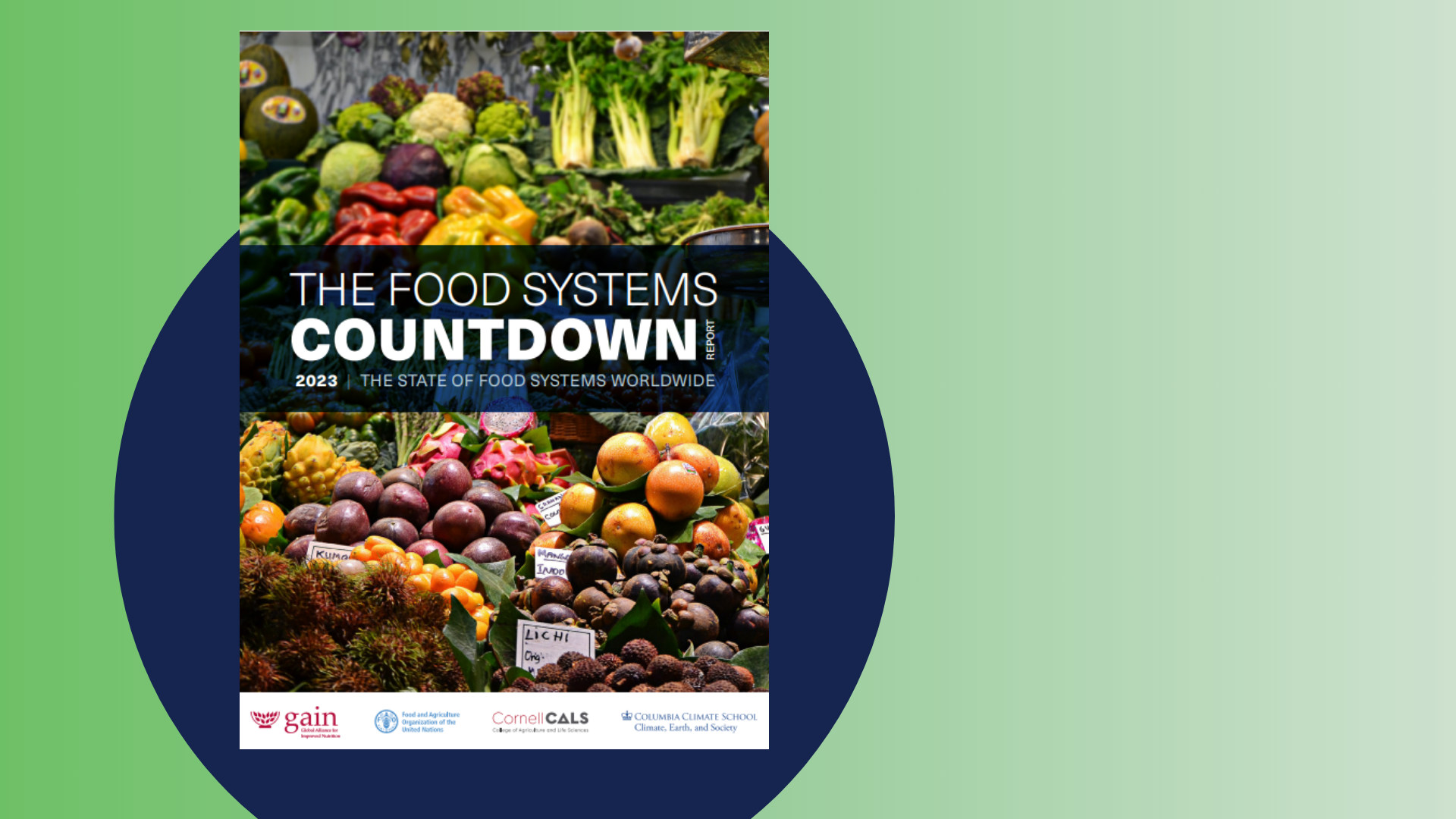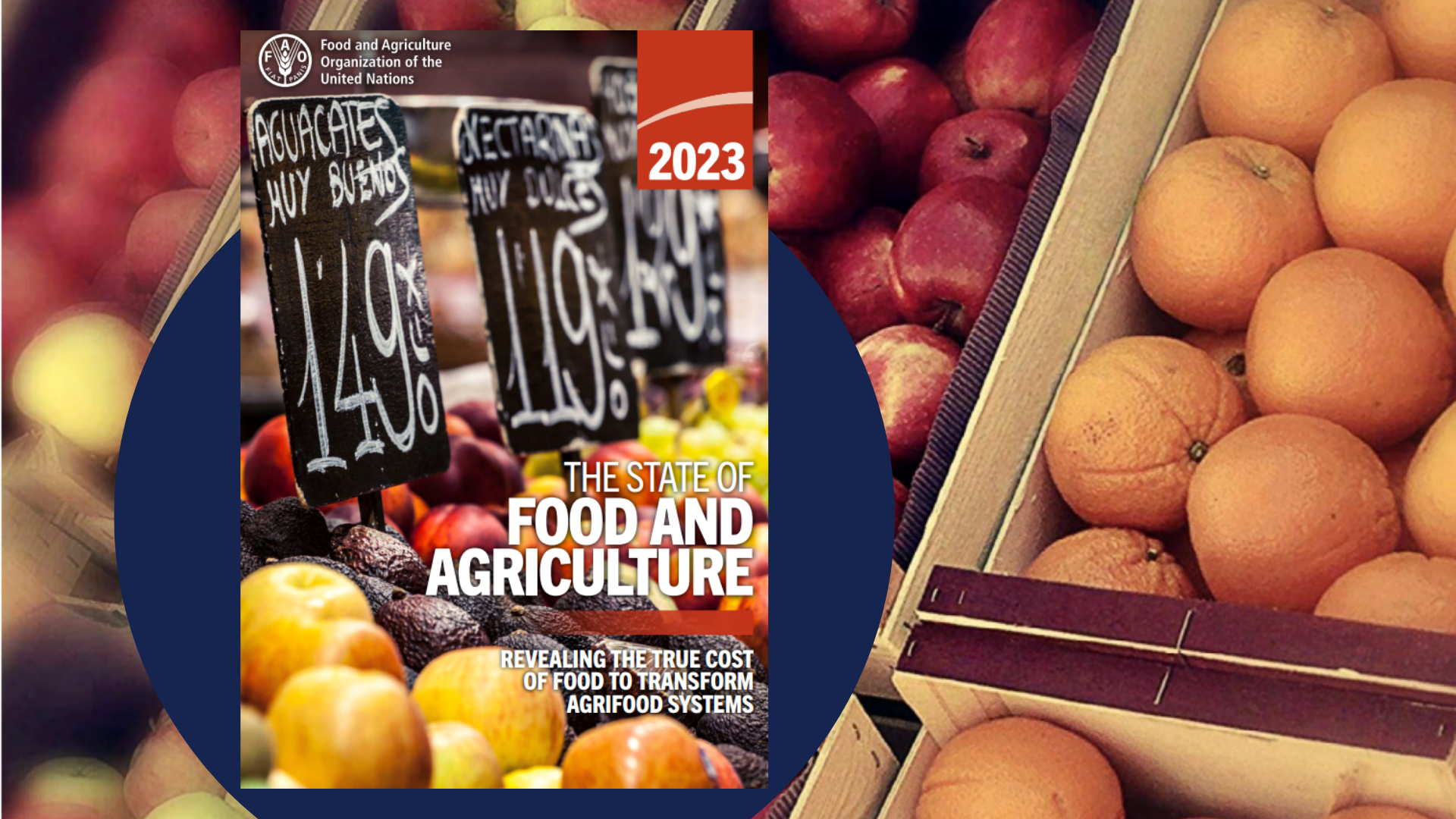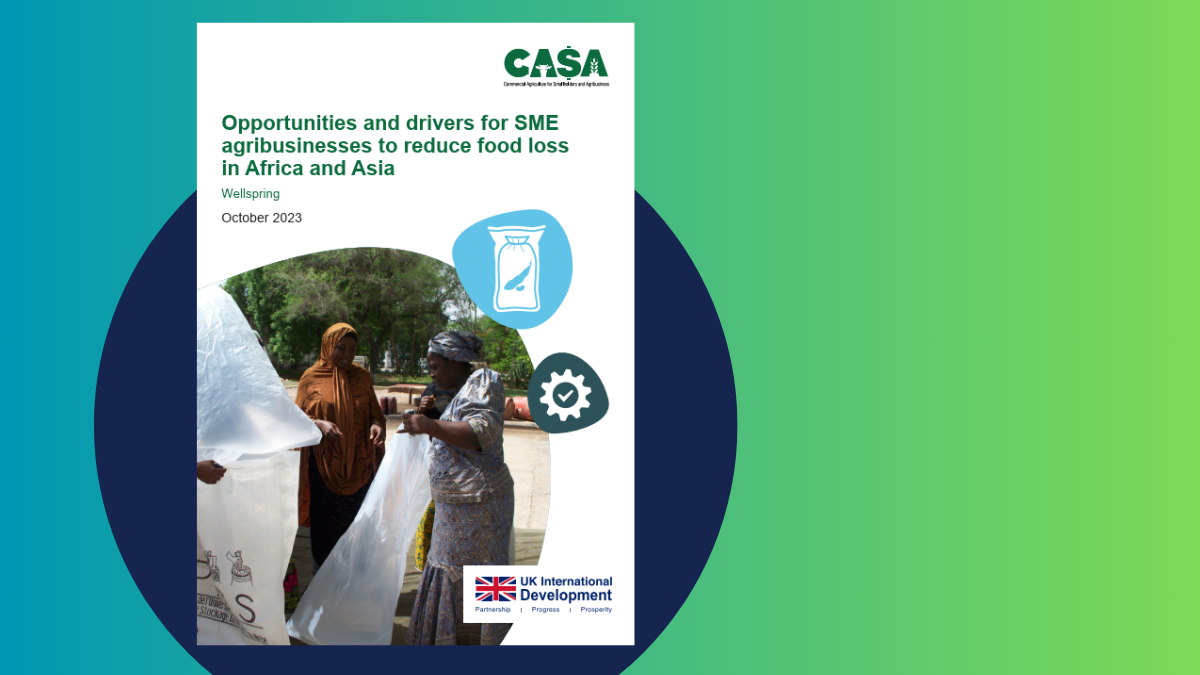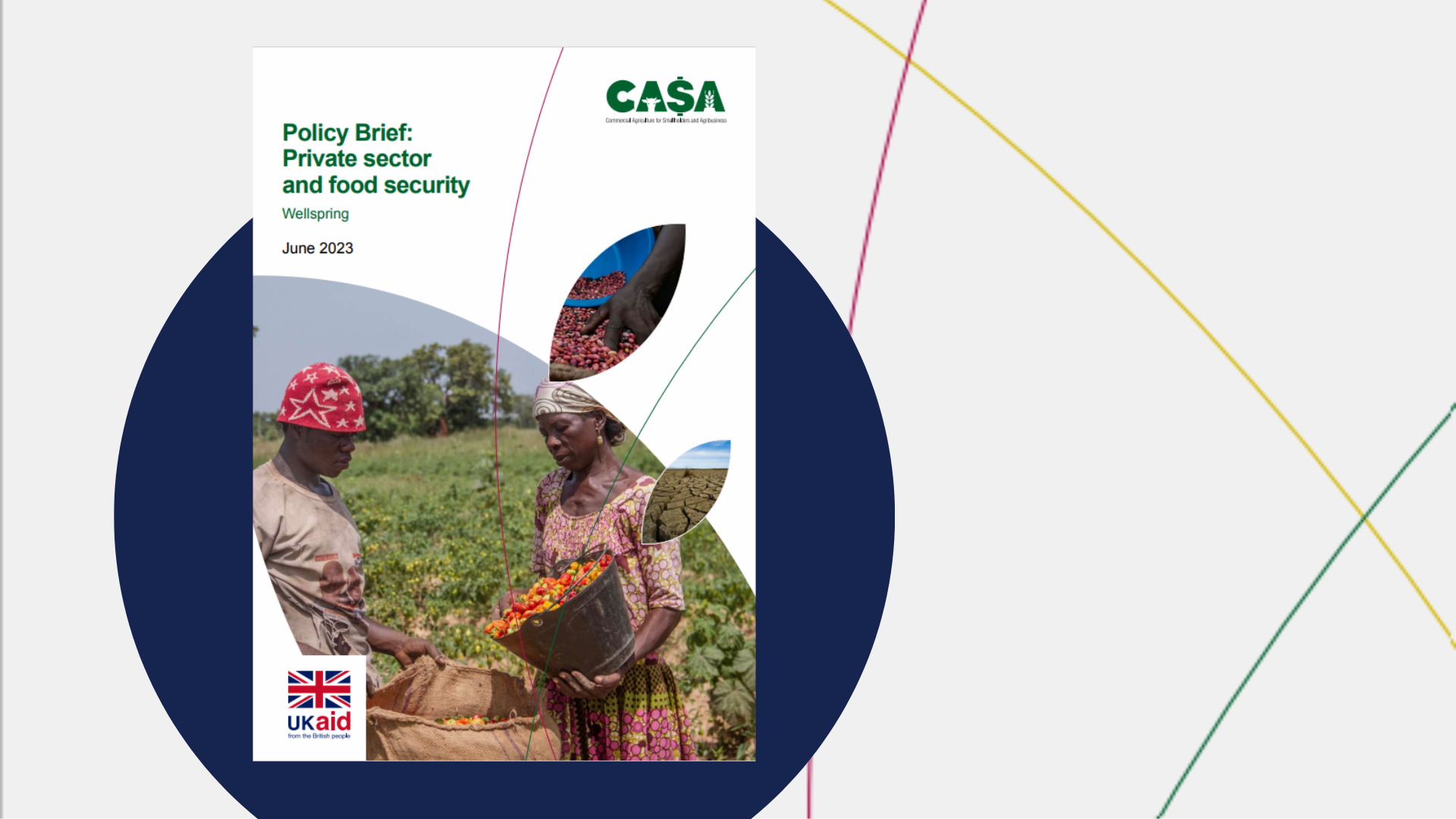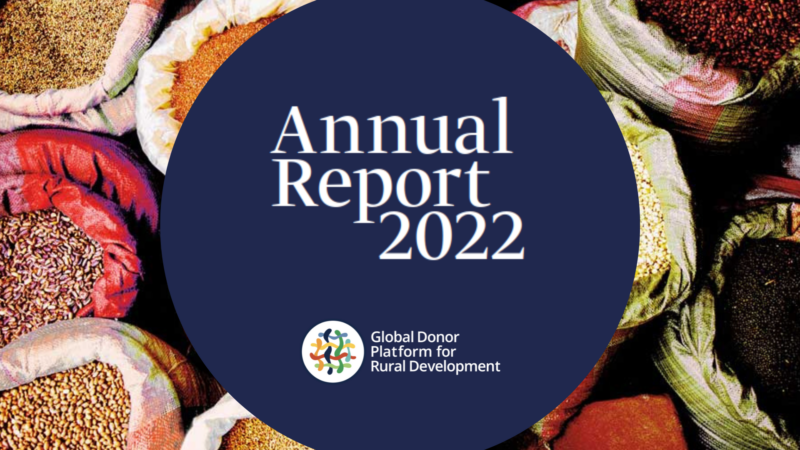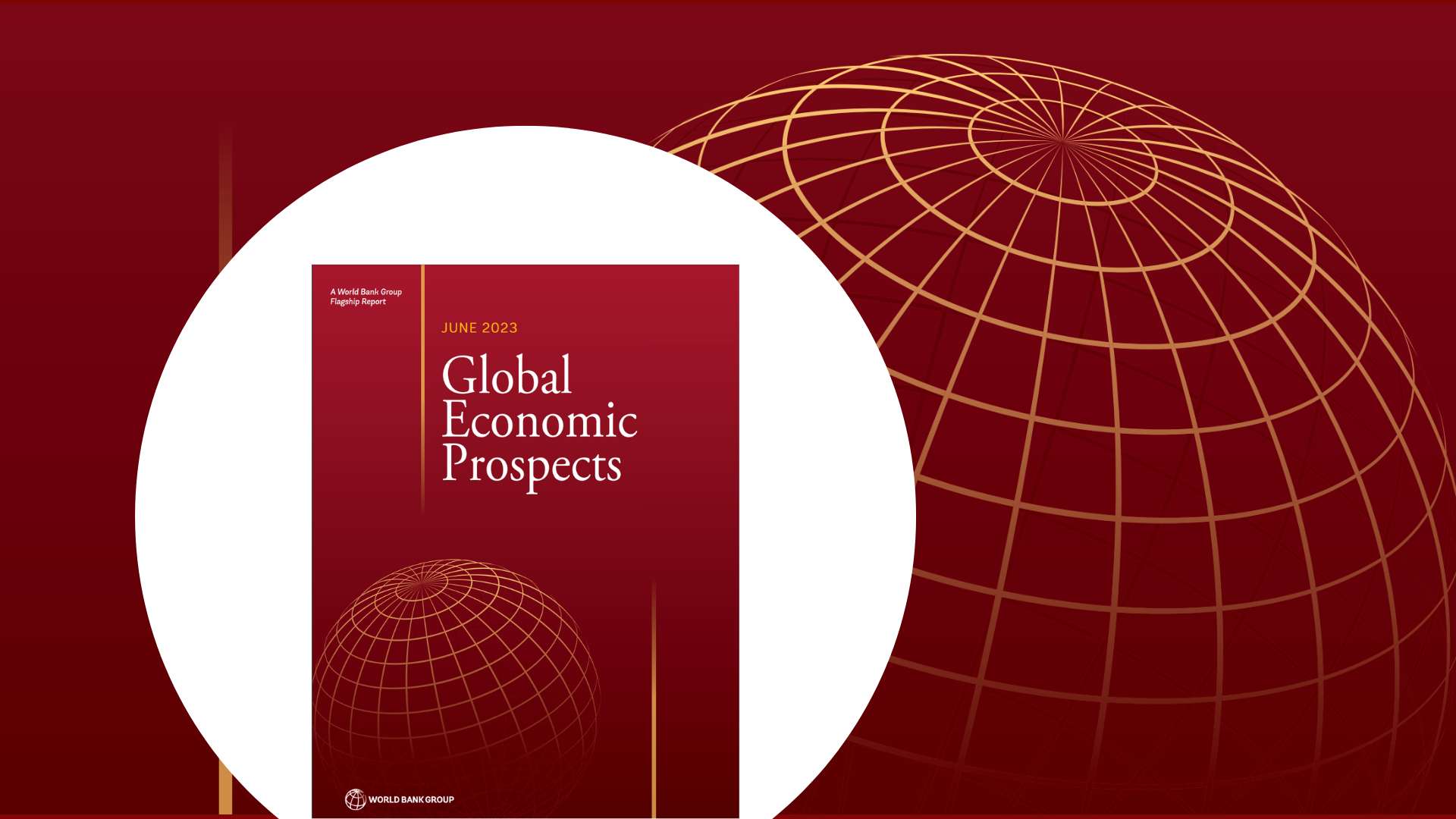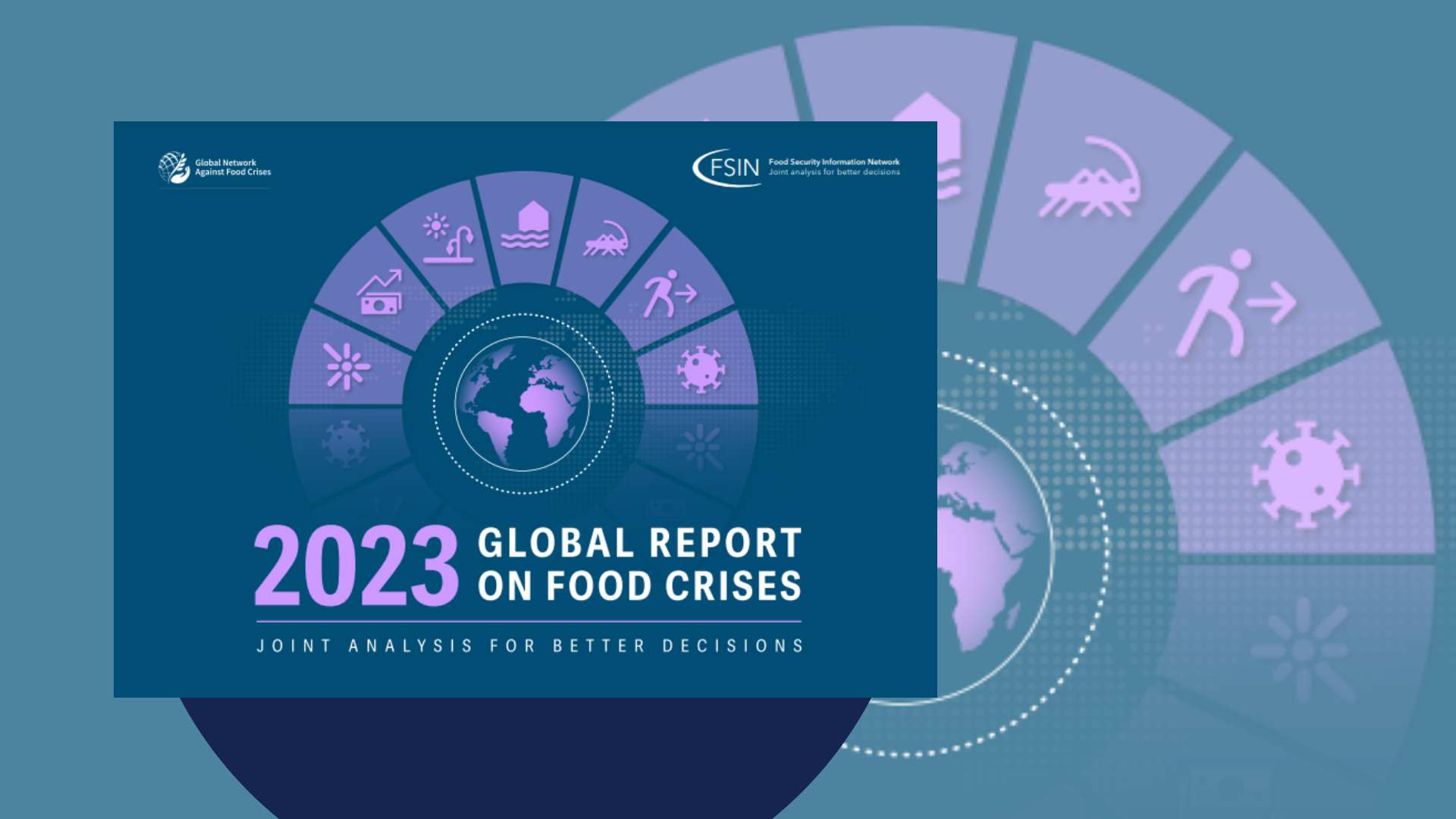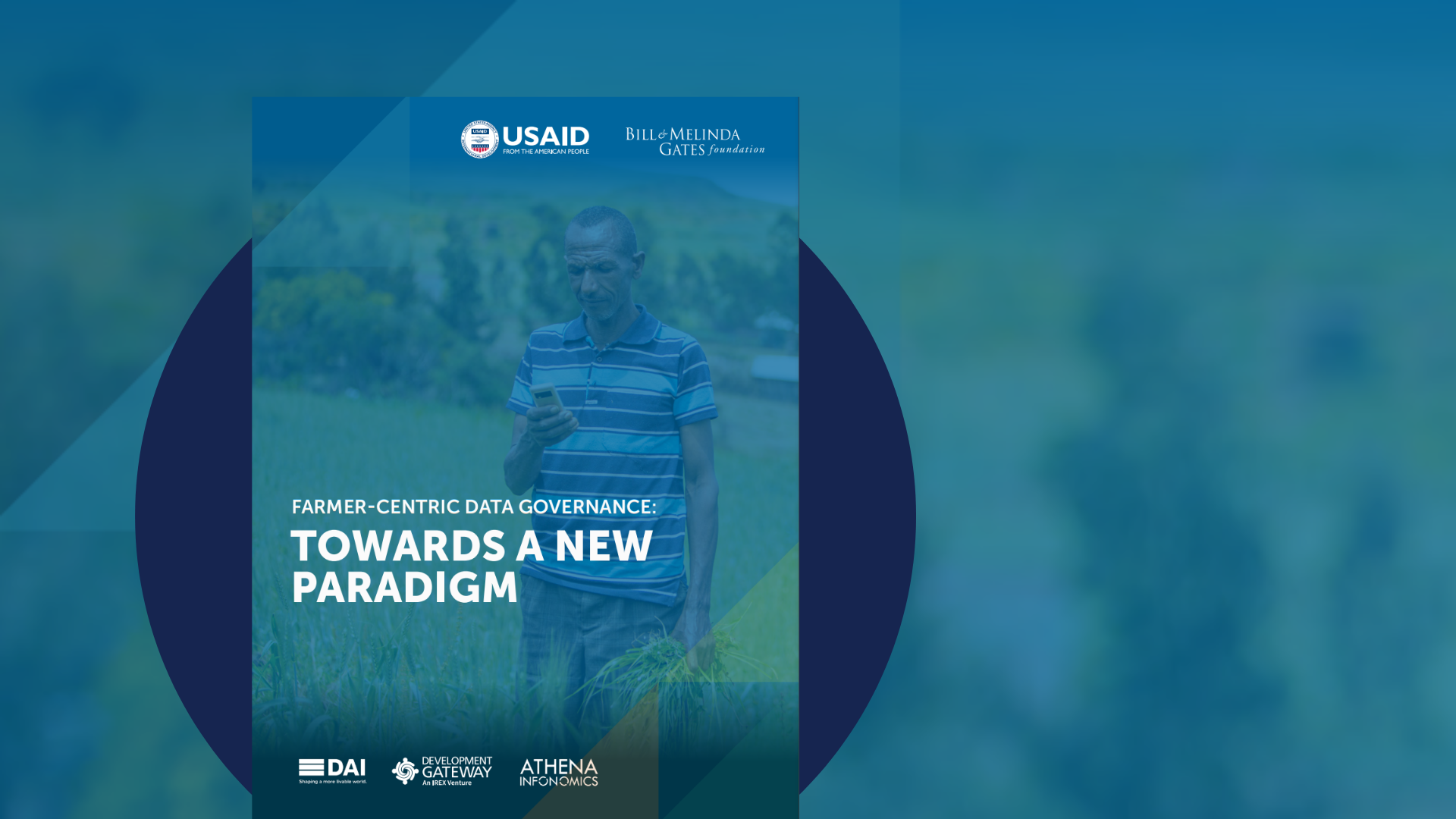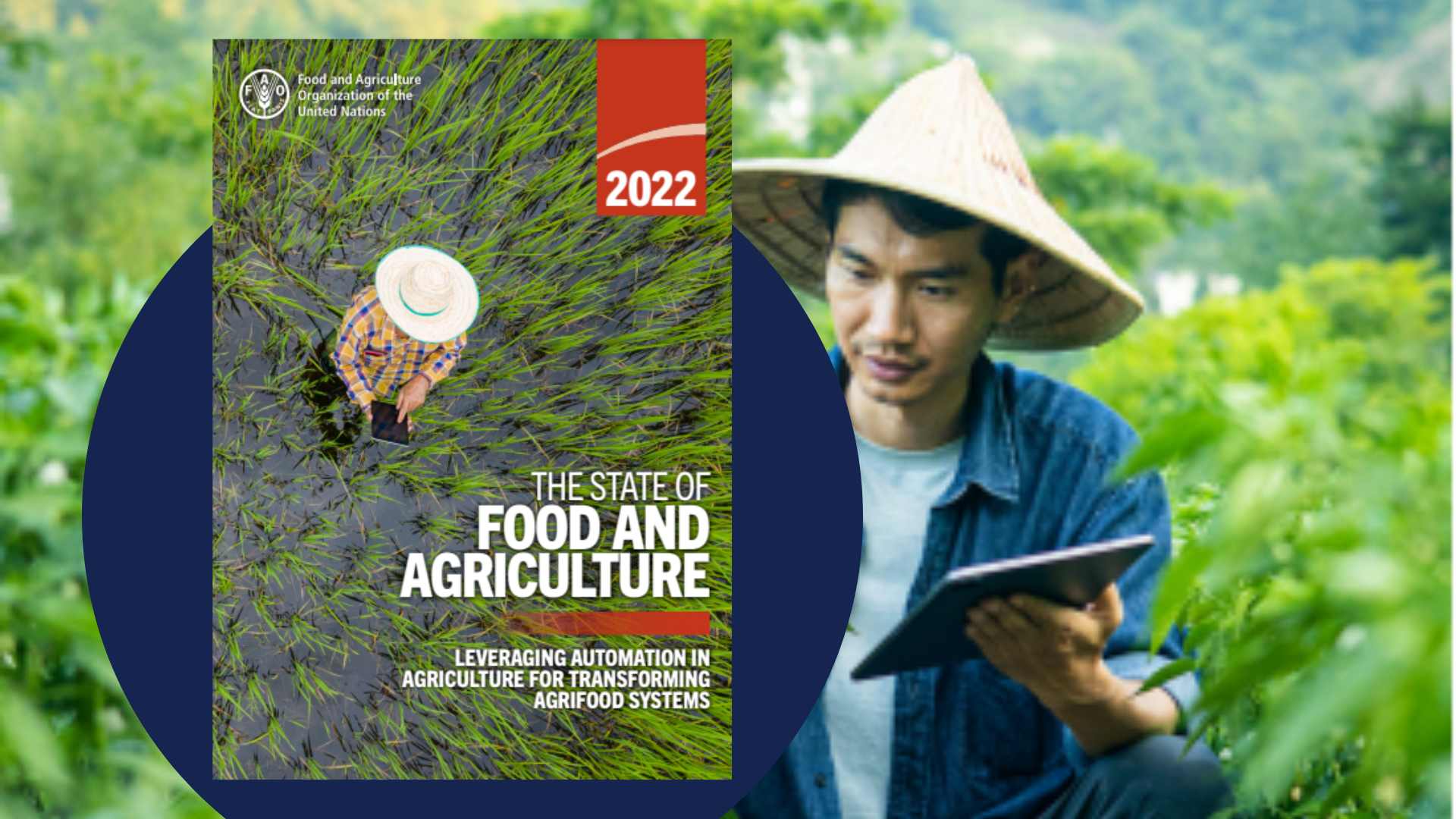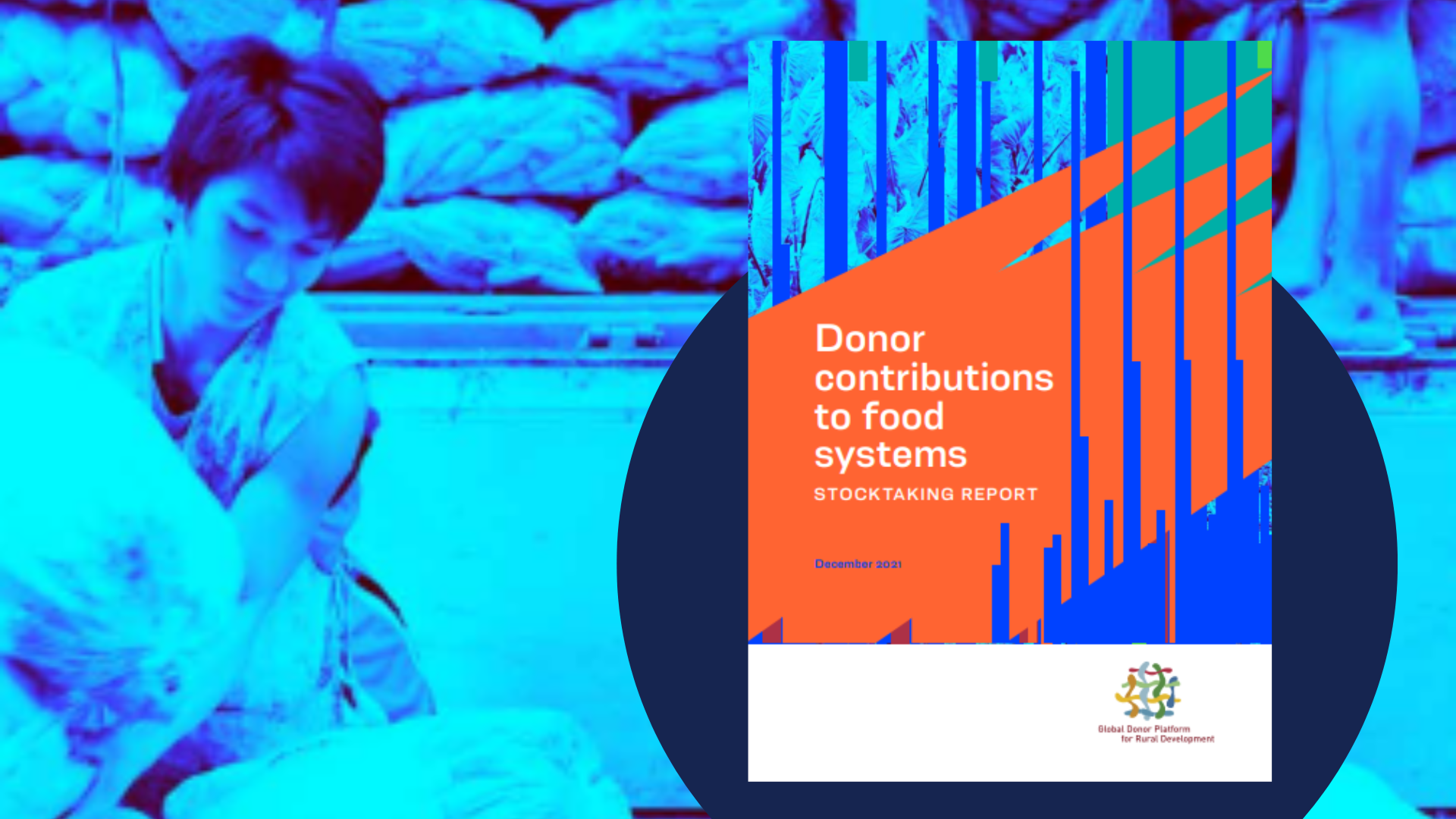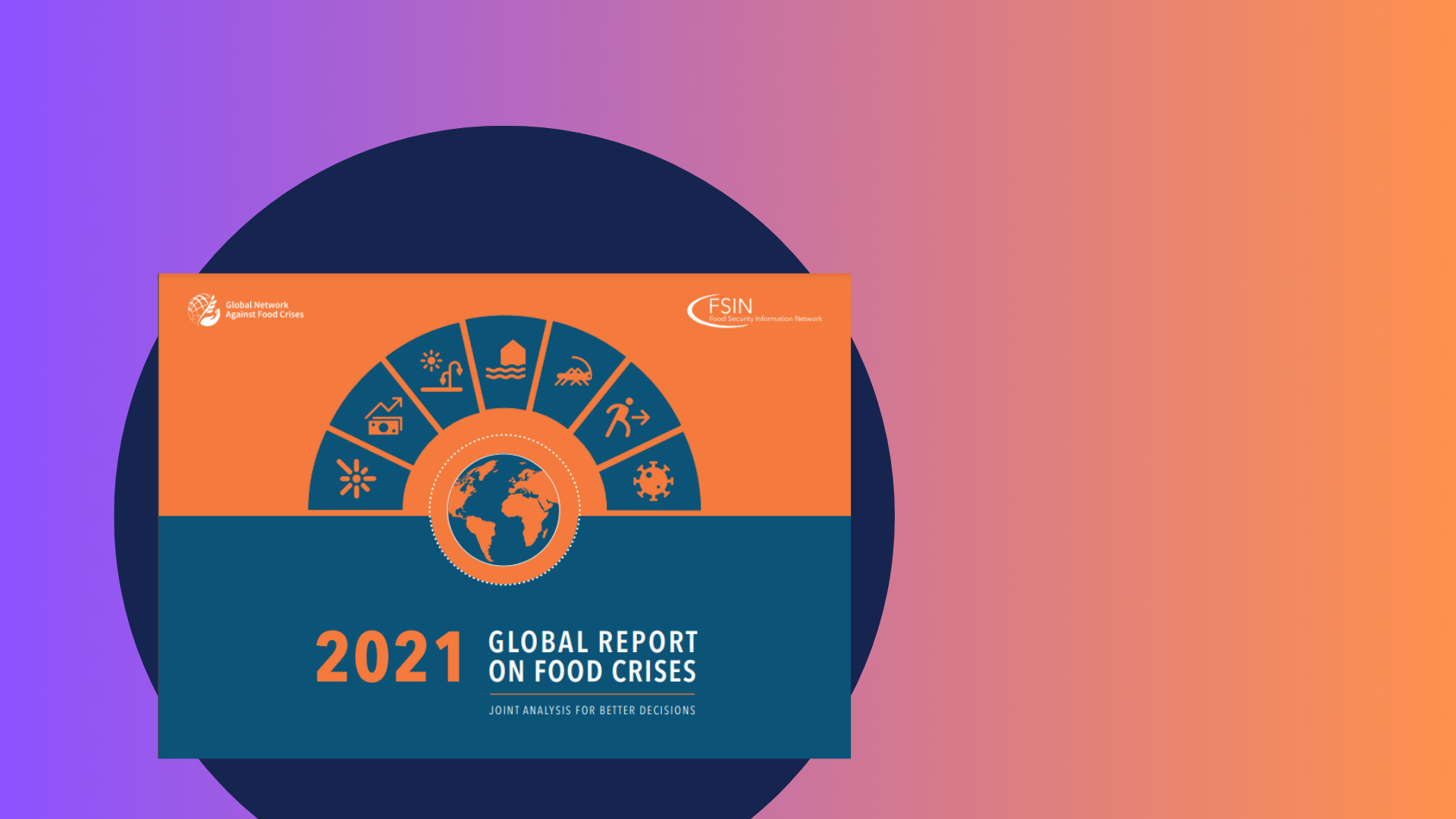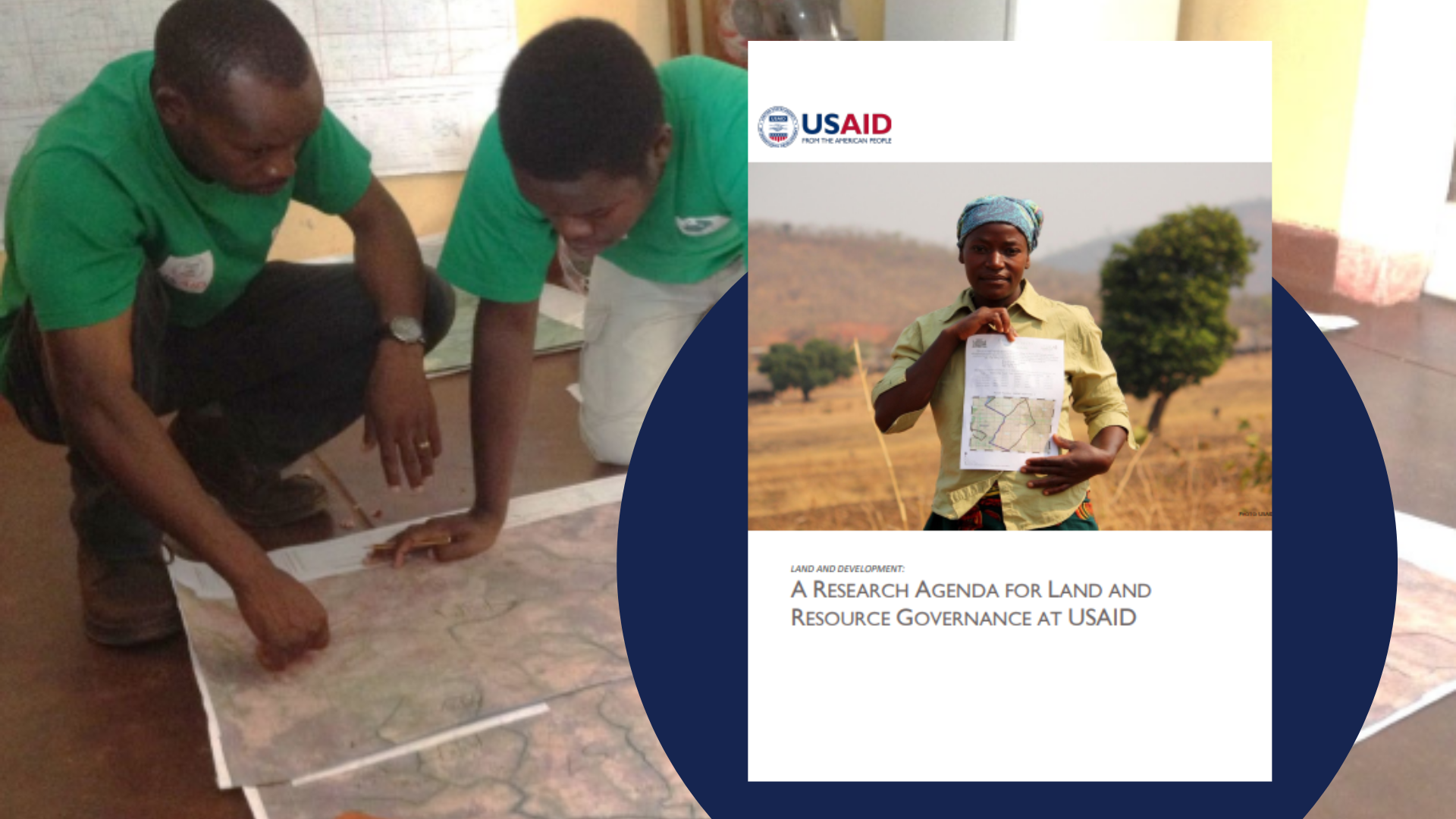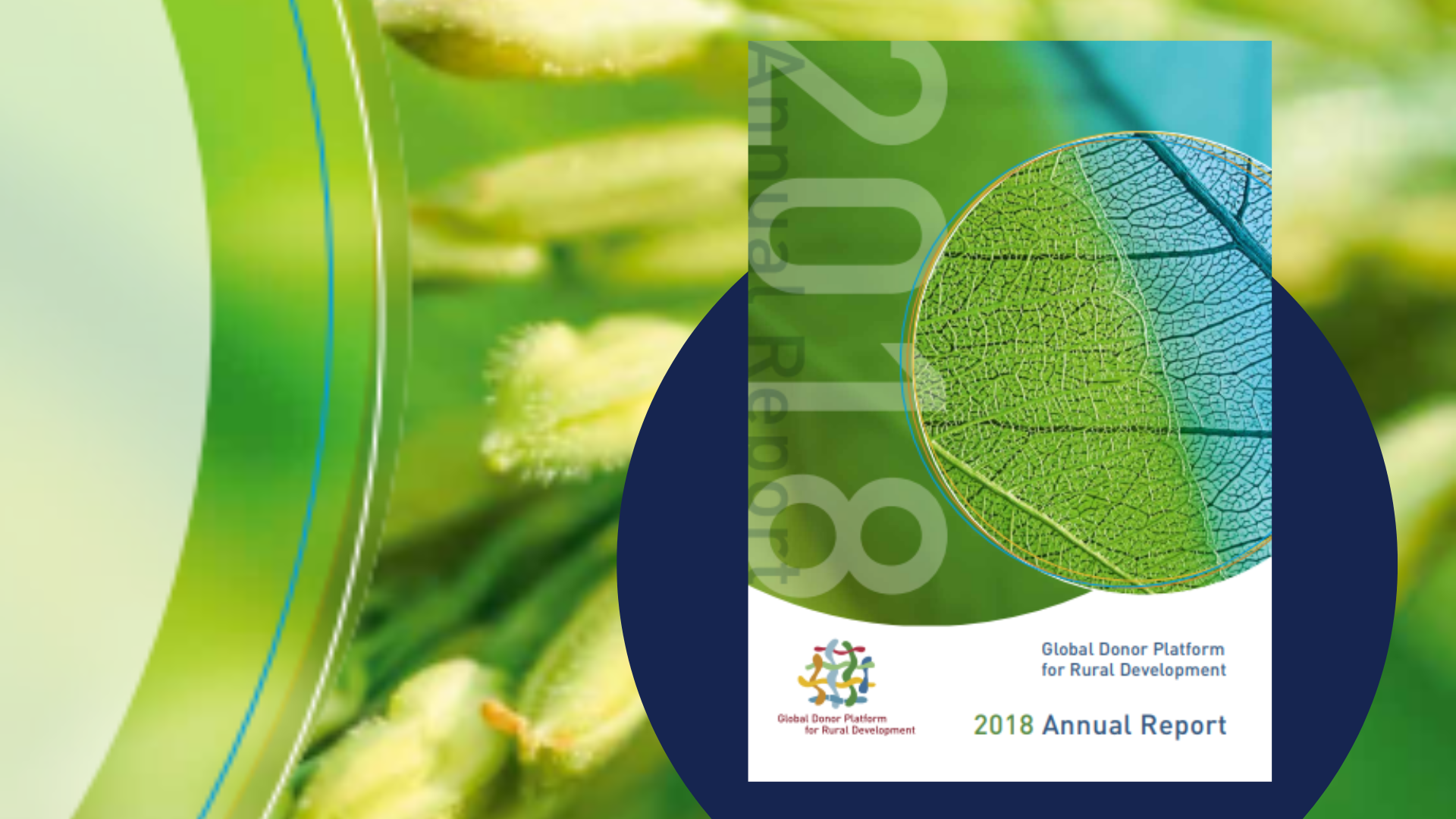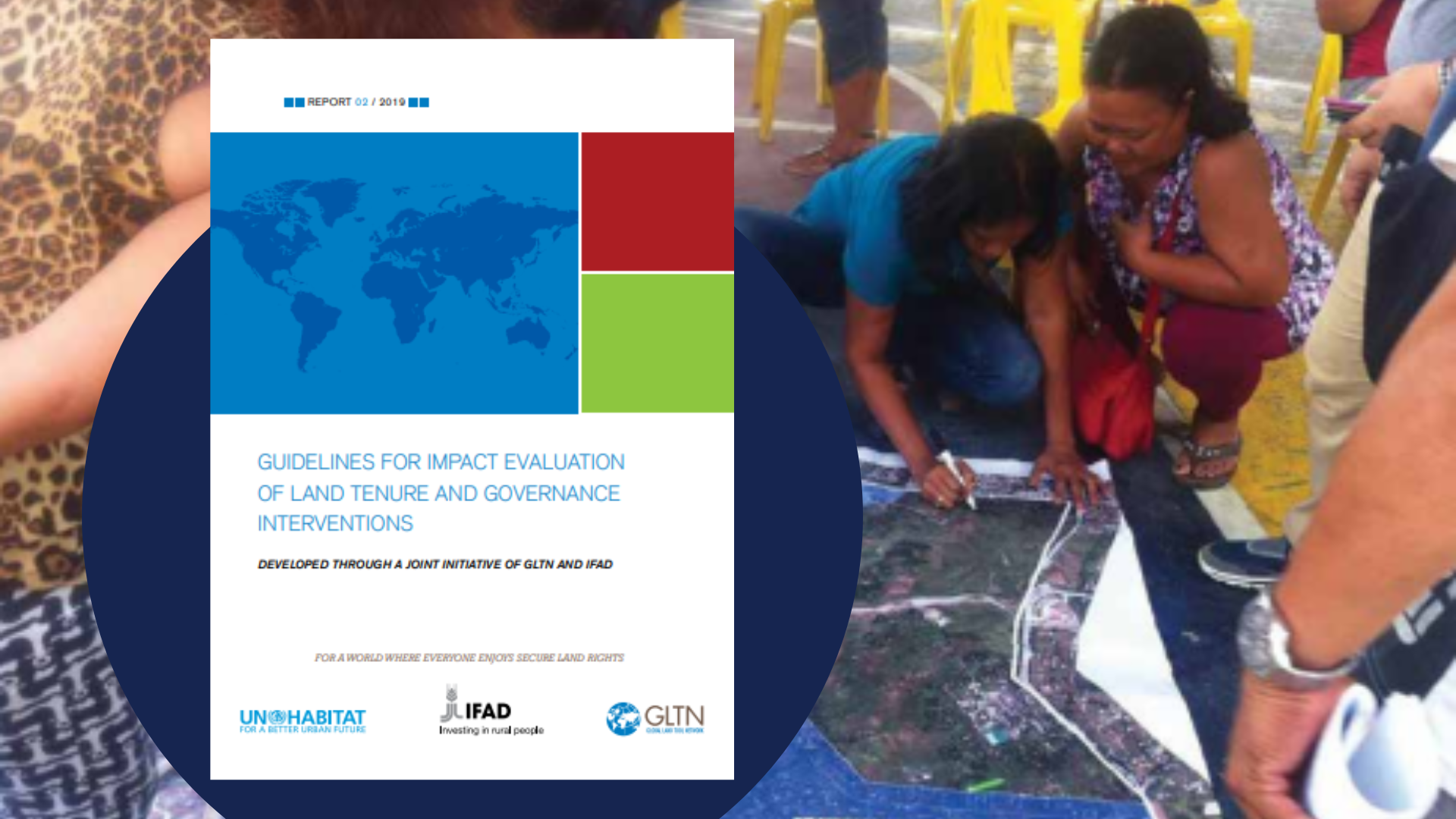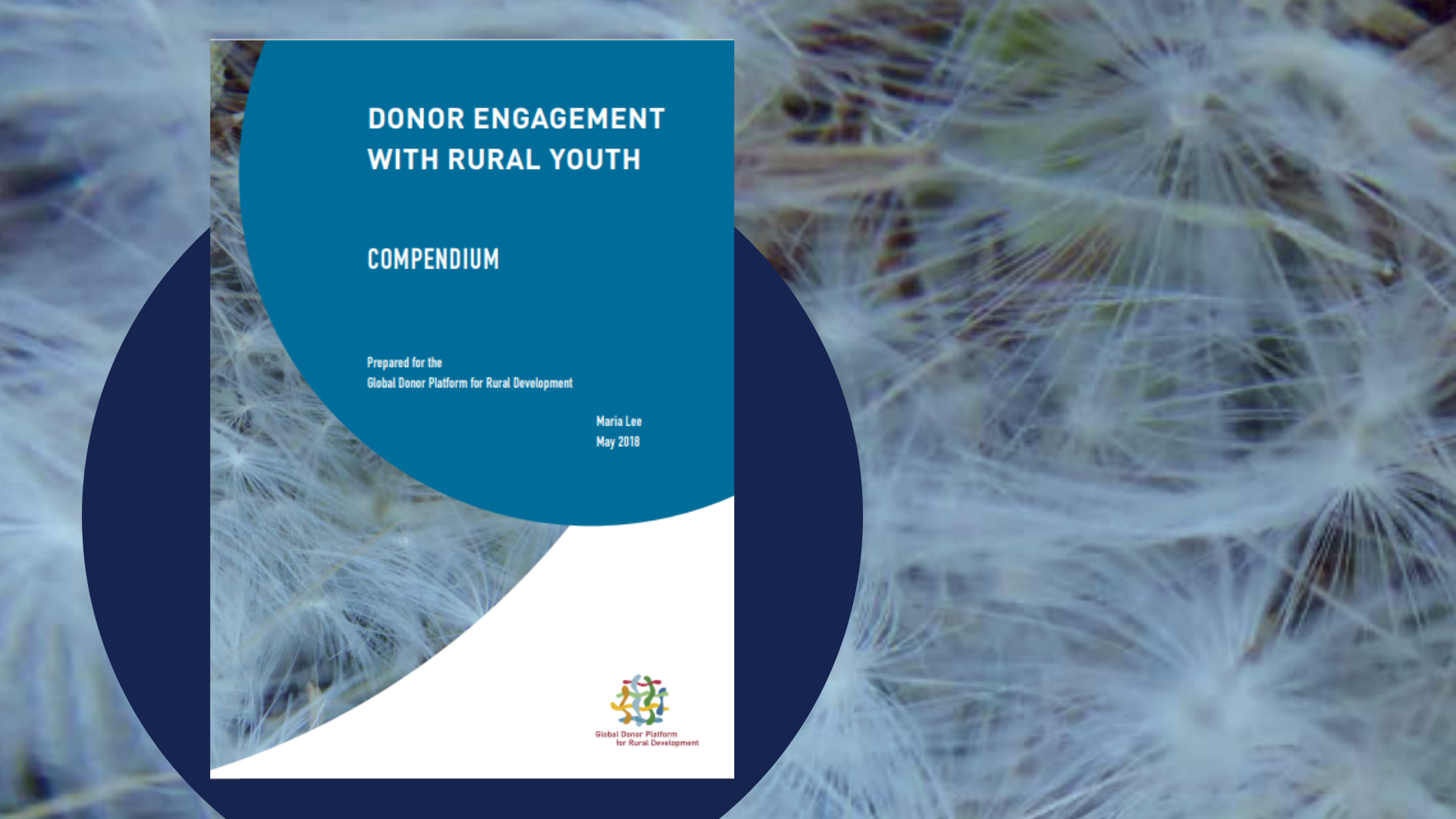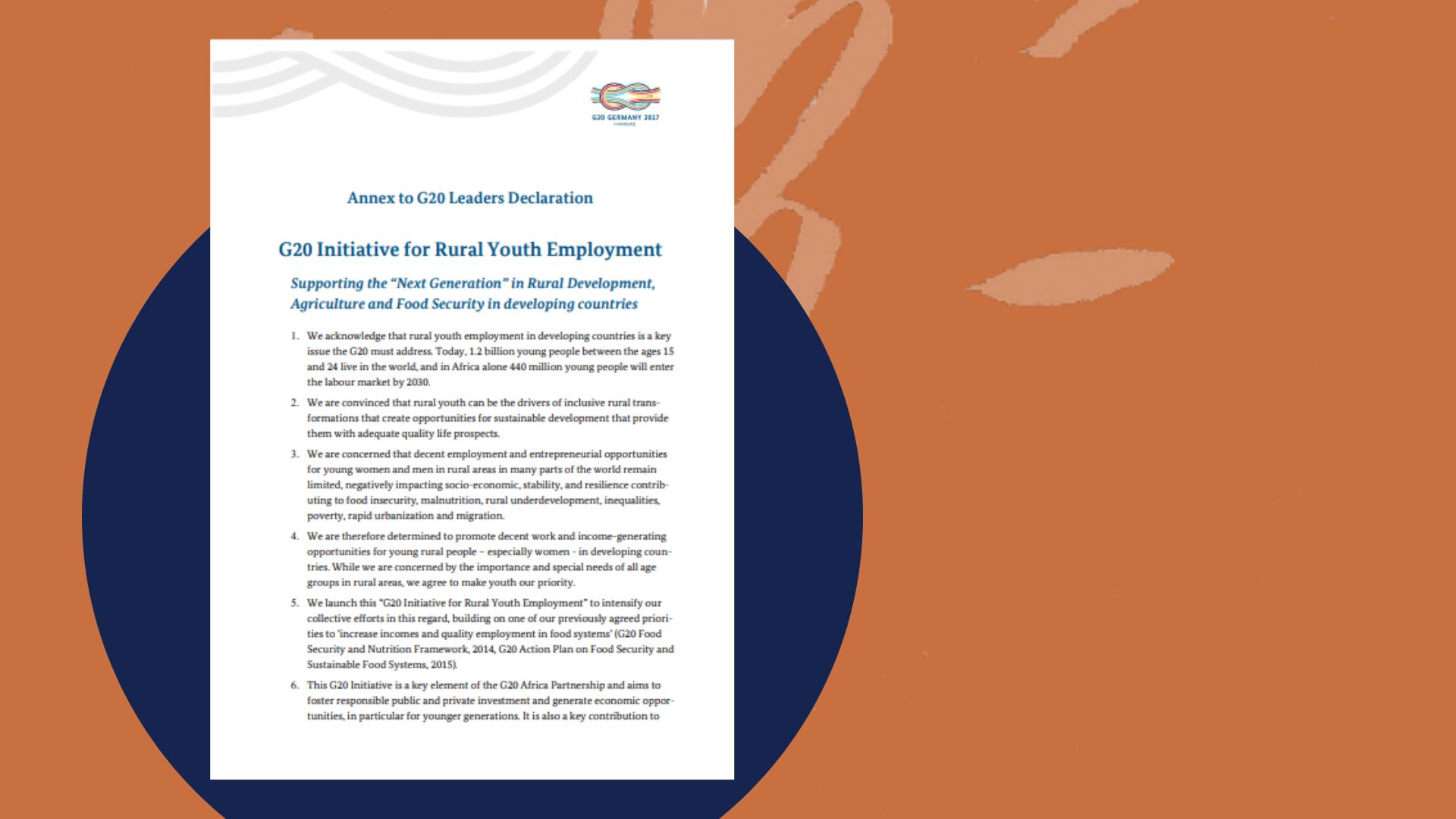The Thematic Working Group (TWG) on Agriculture, Food Security and Land Use of the Nationally Determined Contributions Partnership (NDC-P) met for the third time in Rome at the Food and Agriculture Organization of the United Nations (FAO). The three-day TWG meeting brought together relevant stakeholders of NDC-P member countries that engage in and are interested in the TWG to take stock of the group’s progress and to strengthen their planning and implementing capacities for appropriate climate action in agriculture sectors. The meeting also featured peer-to-peer networking and knowledge exchange, and concluded with members creating a work plan and timeline for 2019-2020 in line with international climate action agendas.
Links

Meeting objectives and outputs
In an open and engaging discussion, the TWG Secretariat and the working group members took stock of the implementation of their 2018 work plan, which included case studies, peer workshops, an eDiscussion group, and the presentation of the TWG’s work at COP24. Members suggested the TWG focus on practical approaches and support countries to “unpack” the tools available to them. All participants agreed now was the time to engage in more action, which should find its place in the work plan for 2019-2020.
The working group has made considerable progress since its inception, and its existence and role as a working group under the NDC-P umbrella is fully supported by its members. The TWG presented the results its first 18 months of work during the 24th UNFCC Conference of Parties (COP24), which included establishing an interactive online platform that provides space for peer-to-peer exchange, thematic webinars, and face-to-face workshops that build on country exchanges and discussions. This links the activities of the TWG to the knowledge products of the NDC-P and complements relevant resources and initiatives by providing recommendations and/or other insights on gap analyses, best practices, and tools that could support NDC Partners’ in-country collaborations.
Background on NDCs, the NDC-P, and the TWG
The NDC-P was launched during COP22 in 2016 in Marrakech as a global initiative to help countries achieve their NDCs and to ensure that financial and technical assistance is delivered as efficiently as possible. NDCs were formalized during COP 21 as part of the 2015 Paris Agreement and are voluntarily offered by all country Parties to the UNFCCC. NDCs are ambitious when it comes to agricultural sectors, (defined as crops, livestock, fisheries, aquaculture, and forestry), and one of the main topics of discussion of the TWG meeting was the special nature of the agriculture sectors and their key roles in countries’ NDCs.
Agriculture is recognized as a major contributor to climate change and the NDCs. According to a FAO study from 2017, many agriculture sectors are featured prominently in countries’ NDCs and are among the foremost priorities in their mitigation contributions and adaptation objectives. 89% of all countries and 86% of all developing countries refer to agriculture (crops and livestock) and/or land use, land-use change and forestry (LULUCF) when outlining their mitigation contributions. 98% of the countries that include priority areas for adaptation and/or adaptation actions mention agriculture sectors.
The TWG was initiated midway through 2017 in response to NDC-P member countries requesting a group with the purpose of assisting countries in exchanging knowledge, experiences, and challenges concerning NDC implementation in agricultural sectors. The TWG also helps to build countries’ capacity to identify, formulate, and ultimately accommodate NDC-related support needs in agricultural sectors. The core function of the TWG is to foster countries’ climate change action in agricultural sectors so that they live up to its full potential to adapt, mitigate, and yield co-benefits from climate change. The FAO facilitates the TWG.
After a warm welcome to participants from Alexander Jones, Climate and Environment Division Director at FAO, Thibaud Voïta, the NDC-P’s Support Unit’s Head of Knowledge Products, spoke to the group on the link between the TWG and the NDC-P. The NDC Support Unit supports countries in the development and implementation of their NDCs in a country-driven process. Their Knowledge Portal website provides many useful knowledge products, as well. Voïta supported suggestions for more joint activities between the TWG and the NDC-P, for example, climate smart agriculture, involving private sector in agriculture activities, and better links between the NDC-P and the TWG in in-country engagement.
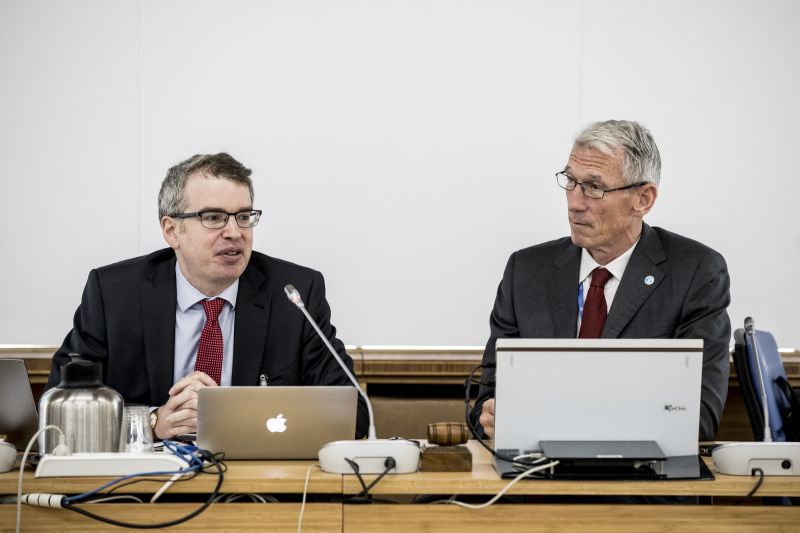
Positioning the TWG in a rapidly evolving climate change & agriculture context
A few months after the TWG was formed, the Koronivia joint work on agriculture (KJWA) was adopted at COP23 in Bonn, Germany in November 2017. The KJWA is a landmark decision under the UNFCCC for the agriculture community, as it recognizes the importance of agricultural sectors in responding to climate change. The KJWA is an indicator of a rapidly evolving context of climate change action and agriculture within international climate action agendas, which means that supporting NDC implementation in agricultural sectors is more important than ever.
The meeting gave Martial Bernoux, a FAO Natural Resources Officer, the opportunity to frame the TWG within the context of international climate change negotiations, in particular the objectives and process of the KJWA and how to ensure the two work streams are exchanging to help countries to deliver on climate goals and the 2030 Agenda for Sustainable Development. He asked the TWG if it should take the objectives of KJWA into consideration for its work plan. For example, the SB50 Meeting on 2(b) adaptation, adaptation co-benefits, and resilience in June would be a good opportunity to exchange knowledge and possibly input the TWG’s views on the issues of adaptation.
The discussion pointed out the thematic linkages between the TWG and the KJWA but also their differentiation. KJWA is a parallel process working at the convention level with different set of focal points, whilst the TWG is working at the implementation level. However, the results of the KJWA will influence NDCs and support their implementation. Countries will be able to decide to incorporate KJWA outcomes since NDCs are in the end, nationally determined. Krystal Crumpler of the FAO presented the FAO’s analysis of the submissions to the KJWA. The unique opportunity of KJWA to share proven solutions and create enabling environment to raise ambition around a clear framework were demonstrated with data from Asia, showing that the current projects in all countries were linked to the KJWA.
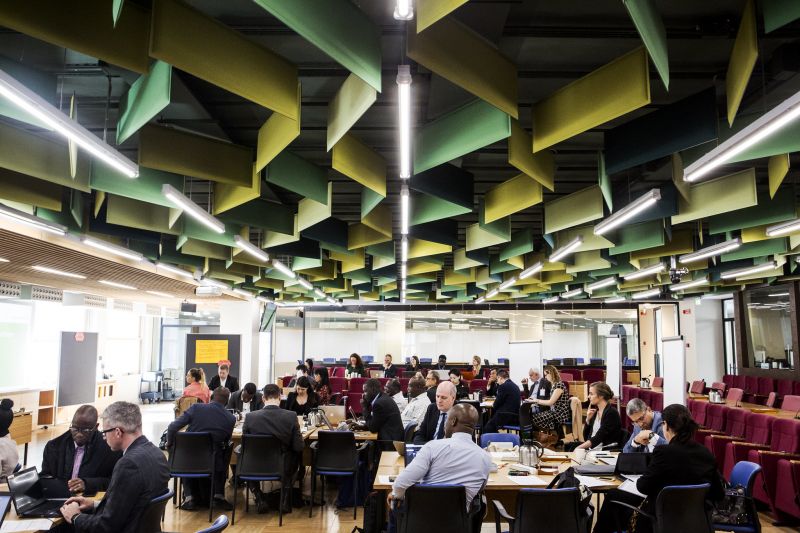
Supporting NDC implementation with new insights and peer-to-peer exchange
In order to stay at the forefront of the changing climate action and agricultural landscape, the TWG aims to facilitate a peer-to-peer network for countries and international organizations to exchange knowledge, insights, experiences, and needs on climate change impacts and challenges. Alexander Jones noted the increased motivation of countries to implement NDCs. “We are not on track to achieve the Paris Agreement and the SDGs,” Jones said. “What we need is increased ambition and action to reach goals in the next 12 years as well as increased exchange and learning from each other. This exchange is fostered by this working group.”
In a further opportunity for peer-to-peer learning, TWG members presented case studies on current projects that contribute to NDCs. For example, Khalid R. Temsamani, Adviser to the Moroccan Climate Change Department, presented a Green Climate Fund approved project in Morocco that facilitates the development of Argan orchards in degraded environments, which fulfils climate mitigation and adaptation goals, in addition to having a positive livelihood and gender impact. Lawrence Mashungu of the Zimbabwe Ministry of Lands, Agriculture, Water, Climate and Rural Resettlement shared their Students Agriculture Innovation and Development (SAID) programme, which mainstreams a Climate Smart Agriculture (CSA) Manual developed by youth agriculture networks in agricultural colleges. The implementation of agriculture practices in the CSA manual contributes to Zimbawe’s NDC targets.
In the meeting’s Koronivia marketplace, participants interacted with each other and with experts and exchanged knowledge on four of the five Koronivia topics in a marketplace setting: 1) methods and approaches to adaptation (as well as co-benefits, resilience); 2) improved soil carbon, soil health and soil fertility; 3) improved livestock management systems, and; 4) food security and social economic dimensions.
The need for NDC policy coherence and coordination
Marjanneke Viijke of the Corpernicus Institute, University Utrecht, offered new insights on NDC Coordination mechanisms at the national and subnational levels by sharing her research on policy coherence around climate and food security in developing countries and its effects on the poorest and most vulnerable. The need for policy coherence and coordination is greater under current climate action and development frameworks, such as the NDCs and SDGs, as climate and food security are integrated in these intertwined goals. At the same time, the coordination mechanism is fragmented as there are different focal points within a single ministry or across ministries.
Viijke’s presentations raises the question on how to effectively coordinate NDC action. Viijke offered insights from her research in three key themes: 1) national cross-sectoral coordination; 2) integrated budgets, and; 3) coordination between national and sub-national levels. For example, for national cross-sectoral coordination political support is vital, as is a clear division of responsibilities between ministries rather than assigning full responsibility to one ministry. Furthermore, Viijke’s research shows the success of linking policy-planning processes to the budgeting process for integrated budgets and the importance of involving the subnational authorities in national coordination processes. For example, Kenya integrates county authorities, as well as drawing on existing tools for integrated landscape management, i.e., landscape approaches, which have also developed by FAO in their “Landscapes for Life” approach.
The making of the 2019-2020 TWG work plan
Through group work in agriculture, food security, and land use clusters, the TWG members identified the topics they would like the TWG to focus on in its next work plan, as well as the activities they can themselves could contribute to exchange best practice with other TWG members. Through further interactive group activities, topic and activity priorities amongst members were selected and linkages between topics were identified. Collaboration on joint activities was initiated and a timeline for 2019 and 2020 was established in alignment with the work and timelines of various international climate action working groups, such as the KJWA, the UNFCCC Subsidiary Body for Scientific and Technological Advice (SBSTA), the meeting of the UN Secretary General, and COP25. New initiatives were proposed, including arranging physical meetings for peer-to-peer exchange on the side-lines of climate meetings and summits, as well as a regional and language-specific member meeting for exchanging best practices, beginning with an African Francophone meeting.
In closing the meeting, Zitouni Ould-Dada, FAO Deputy Director of the Climate and Environment Division and FAO/NDC-P focal point, sees the value of the TWG as being able to catalyse NDCs and foster exchange amongst countries in the evolving international climate action context. He emphasized the important timing of the TWG meeting in this phase of the NDC implementation by stating, “The NDCs are at heart of what we are doing in the countries.”





















